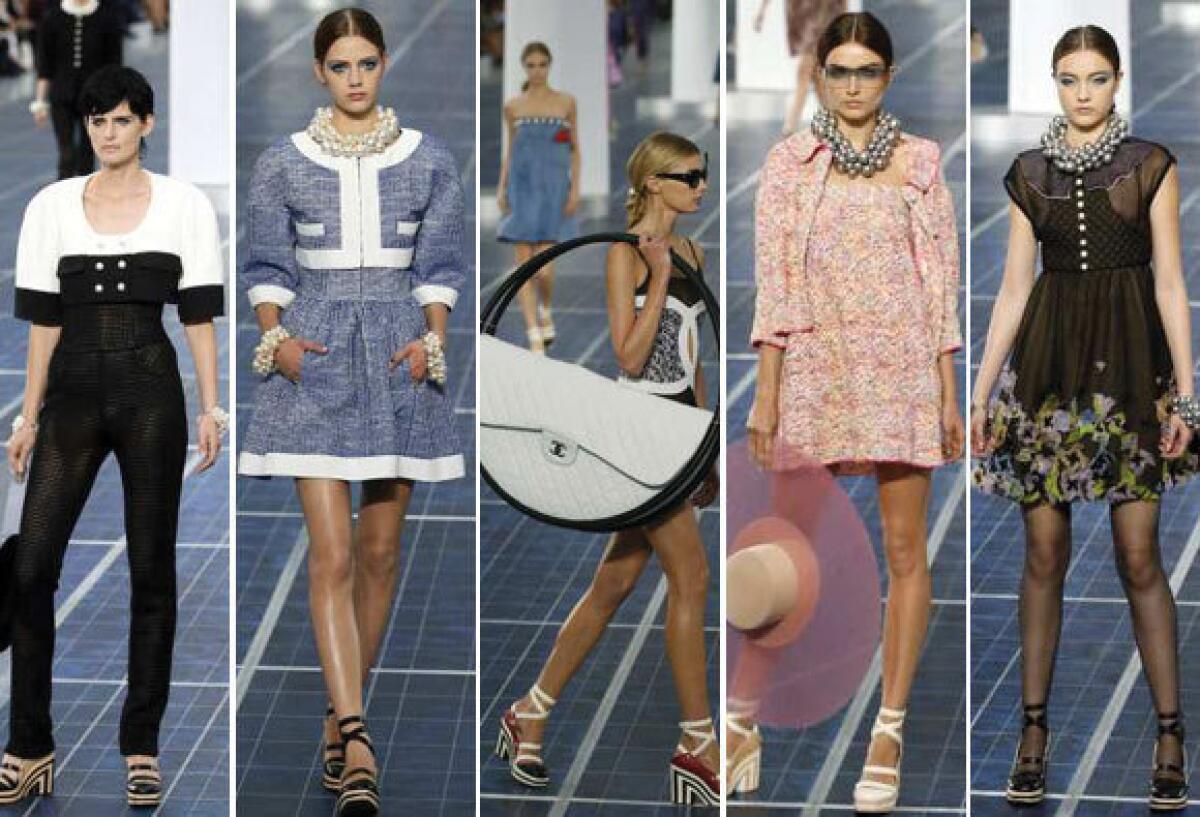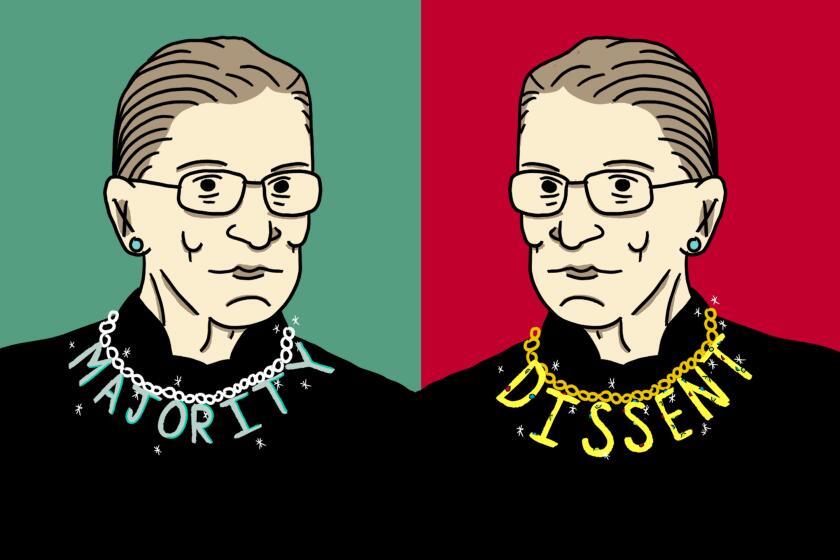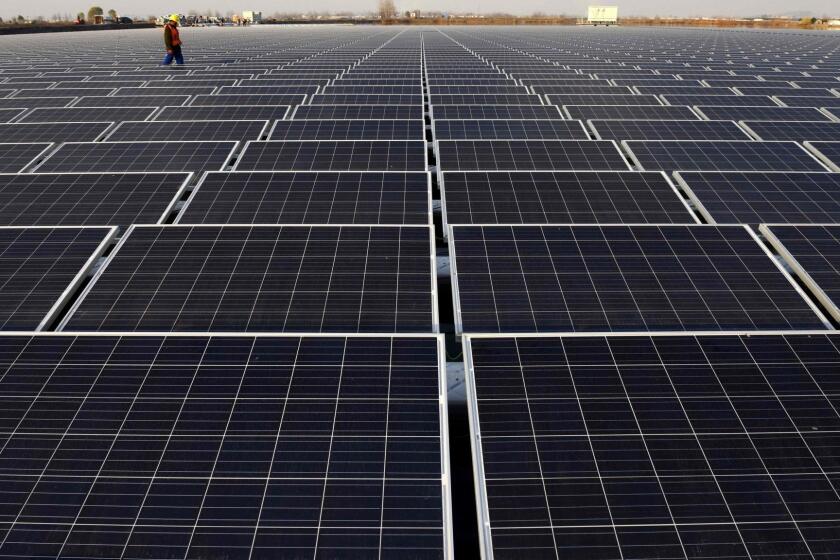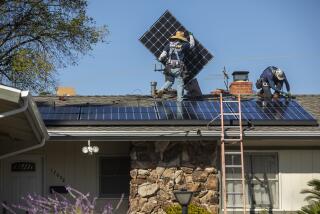Runway to roof: Chanel’s $35-million solar-power play to help low-income Californians
- Share via
If you’re a low-income resident of California with a new solar panel on your apartment-building roof and extra money in your pocket, you might have Chanel to thank.
The French luxury label that’s the go-to for celebrities around the world (including Tilda Swinton at the recent Venice Film Festival and Shira Haas and Julia Garner at Sunday night’s Emmy Awards) announced Wednesday that it is investing $35 million with San Francisco-based Sunrun, the largest rooftop solar installer in the U.S., aimed at bringing solar power to 100 multifamily properties in the Golden State.
“That will be for about 30,000 low-income residents,” said Lynn Jurich, Sunrun‘s cofounder and chief executive. “They’ll get solar panels on their rooftops that will essentially save them about $50 per month on their electric power. Most of their electricity will be free for the 20-plus years.”
Tom Ford, Wolk Morais and Lavie by CK offered showcases of standout spring and summer 2021 collections.
The solar-meets-high-style partnership may sound like an odd pairing, but according to John Galantic, Chanel Inc.’s president and chief operating officer, it’s part of Chanel’s larger effort to combat climate change outside its core business.
“The impacts of climate change are already upon us,” he wrote in an email to The Times. “While we need to take action within our own business activities to reduce emissions, we also believe in going beyond our own footprint to support communities and natural ecosystems that are already affected by climate change.”
What started out as a way to add feminine flair to judicial robes ended up speaking volumes.
He said Sunrun’s track record in the solar space — as well as its chief executive — convinced him the company was the right one to expeditiously further that goal. “When we met Lynn Jurich, CEO of Sunrun, we knew we had found our partner,” Galantic said. “When Lynn says, ‘Let’s get this done,’ she means it.”
Jurich said Chanel’s several-year investment is helping to finance the installation of solar panels on apartment buildings that will eventually provide solar power to an estimated 10,000 households that wouldn’t have had the option of solar otherwise because they’re tenants in multifamily dwellings. (By comparison, an individual homeowner installing a solar system would invest around $15,000 before rebates and tax credits.)
Chanel is also funding 20,000 hours of solar-panel installation job training in the first year of the partnership.
Bee Burlingame is building Los Angeles’ first solar community fridge
Although the relationship between Chanel and Sunrun came to fruition only late last year, 21 of the 100 Chanel-financed installations have been completed.
Four — Monterey Village in Rancho Cucamonga, Olive Meadow in San Bernardino, Impressions at Valley Center in Victorville and Vera Cruz Village in Richgrove — are in Southern California.

Although Chanel memorably sent models down a solar-panel-lined spring/summer 2013 runway, including one in a solar-panel-inspired dress, don’t expect to see the solar panels emblazoned with the Chanel double-C logo any time soon.
Although Jurich laughed heartily at the notion of Chanel-branded solar panels, she said a luxury branding play in the solar space isn’t as absurd as it might sound.
“I think [solar panels] will become a status symbol,” she said. “Look at what’s happened in Japan where some people even put up fake solar panels because it’s fashionable.”
The coronavirus outbreak is threatening to slow the global solar-energy revolution as it cuts the supply of key equipment for solar and wind farms in China and beyond.
More to Read
Sign up for The Wild
We’ll help you find the best places to hike, bike and run, as well as the perfect silent spots for meditation and yoga.
You may occasionally receive promotional content from the Los Angeles Times.














